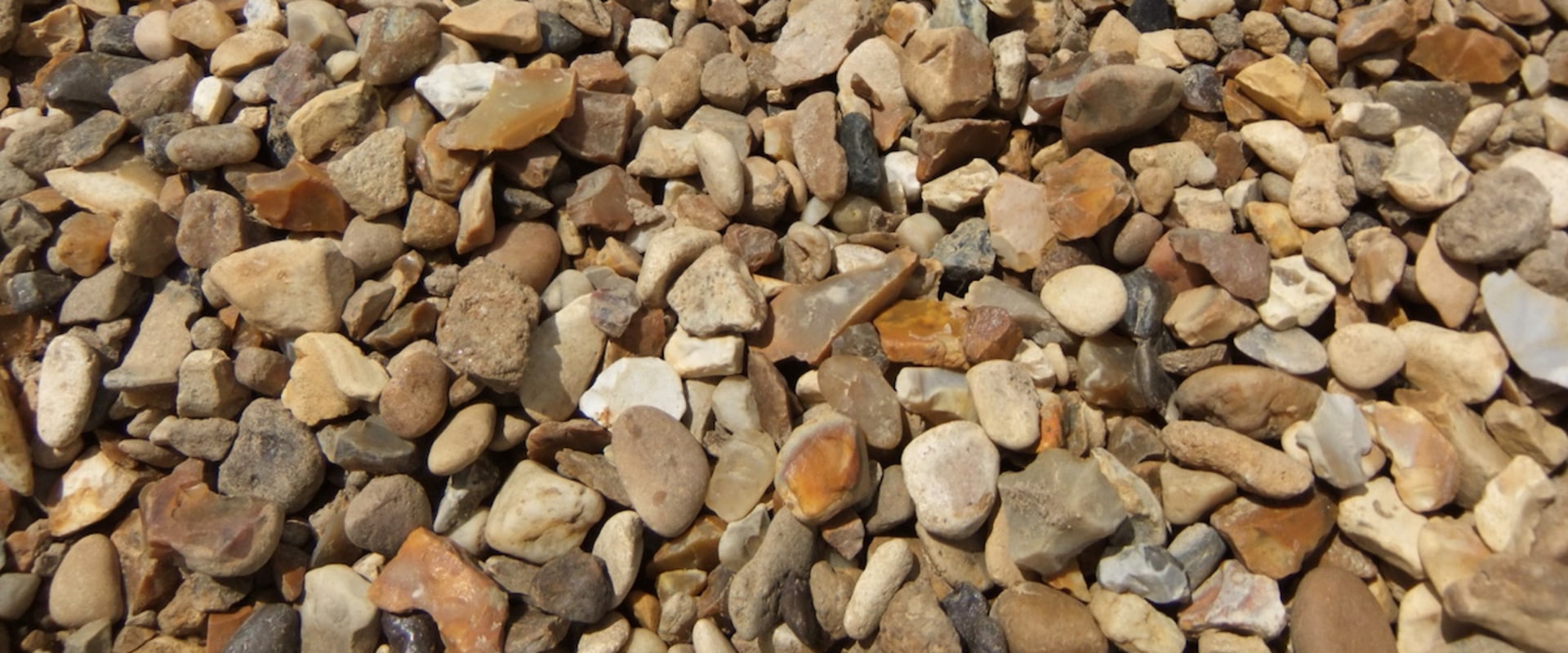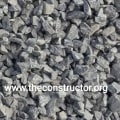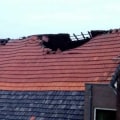When it comes to concrete construction, it is important to understand the different classifications of aggregates. Aggregates are classified according to shape into rounded, irregular or partially rounded, angular, flaky, and elongated types. Depending on grain size, aggregates are further divided into fine and coarse-grained varieties. Rounded aggregates have a completely natural shape and are typically found in the form of coastal gravel.
This type of aggregate allows for minimum void percentages (32-33%), making it highly workable. Partially rounded aggregates are available in the form of pit sands and gravel and can have about 35 to 37% voids. Irregularly shaped aggregate offers lower workability compared to rounded aggregates, but has a slightly better bond strength. Angular aggregates provide a high specific area compared to rounded aggregates, resulting in a greater bond strength and better interlocking property in the concrete that contributes to its strength.
Flaky and elongated aggregates have a length greater than their width and width greater than their thickness. Aggregates can also be classified based on their source into natural and manufactured varieties. Additionally, they can be divided into lightweight, normal weight, and heavy weight aggregates based on their bulk specific gravity. Knowing the different classifications of aggregates is essential for successful concrete construction projects.




Leave a Comment